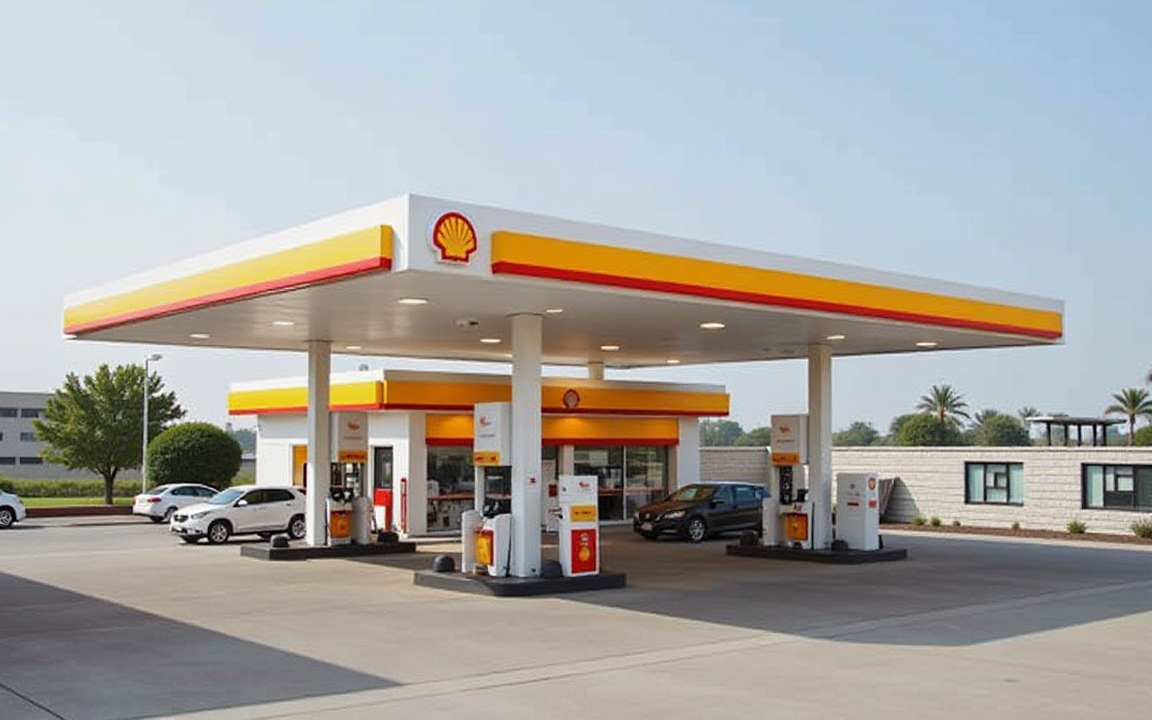Shell announced on Thursday that its second-quarter net profit fell by nearly a third.
The decline in profit was primarily due to lower oil prices, weaker gas trading results, and losses from its chemicals operations caused by outages, Reuters said in a report.
Despite these setbacks, the company’s profit still significantly exceeded analysts’ expectations.
The oil major announced its decision to sustain its share buyback program at $3.5 billion for the upcoming three months. This marks the fifteenth consecutive quarter where the buyback program has been maintained at a minimum of $3 billion.
By 0847 GMT, the company’s shares had risen by approximately 1.7%, surpassing the 0.5% increase seen in the wider index of European energy companies.
Earnings
“We definitely saw macro continuing to be challenging on multiple fronts and against definitely a backdrop of geopolitical and economic uncertainty,” Shell’s finance chief Sinead Gorman was quoted in the report.
We saw that knock-on impact on both physical trade flows as well as commodity prices and margins. Despite that, we delivered a robust set of results.
Shell successfully cut costs by $3.9 billion in 2022, contributing to a larger initiative to save between $5 billion and $7 billion by 2028.
Cash flow from operations for the quarter was $11.9 billion, a decrease from $13.5 billion in the prior year.
Shareholder distributions, totaling $2.1 billion in dividends and buybacks, constituted 46% of the operating cash flow over the past four quarters, aligning with the company’s guided range of 40% to 50%.
Shell reported adjusted earnings, or net profit, of $4.264 billion for the quarter. While this figure exceeded the average analyst estimate of $3.74 billion, it represents a 32% decline from the previous year.
The marketing division, encompassing its fuel and charging retail stations, experienced increased margins at the start of the summer driving season.
Oil prices fall
The company had previously indicated, through a trading update, that it anticipated a negative impact on its earnings.
This was attributed to reduced trading activity in its integrated gas division and financial losses from its chemicals operations, following a shutdown at its US Monaca polymer plant.
Shell is restarting operations at Monaca, despite the general weak demand and margins in the industry. The company is actively seeking new partners or considering selling off some of its chemical assets, according to Gorman.
She said:
Goodness, I feel sorry for the chemical industry. It’s a tough one.
Gorman stated that Shell adopted a cautious, risk-off approach to oil trading during the quarter. This was due to their perception of a disconnect between price movements and the underlying supply-demand fundamentals.
In a contrasting development, rival BP announced a robust performance in oil trading within a pre-release trading update for its second-quarter results, anticipated on August 5.
OPEC’s decision hurts prices
OPEC+, a coalition of the Organization of the Petroleum Exporting Countries and its allies, including Russia, started phasing out its voluntary production cuts.
These cuts had been implemented to prop up the market, and their reversal led to a decline in crude oil prices during the quarter.
An upcoming decision dictates that oil output will increase by 548,000 barrels per day in August.
Brent crude, the global benchmark, averaged approximately $67 per barrel from April to June. This is a decrease from $75 per barrel in the preceding quarter and $85 per barrel in the same period last year.
In June, prices briefly spiked due to the conflict between Israel and Iran. At the time of writing, Brent crude oil was at $71.85 a barrel, down 0.9% from the previous close.
Gorman anticipates a potential tightening in LNG markets post-summer. This follows a period in the first half of the year where muted Asian demand allowed Europe to replenish its liquefied natural gas reserves.
The post Shell profit dips amid lower oil prices, weaker gas trading, but still exceeds estimates appeared first on Invezz

